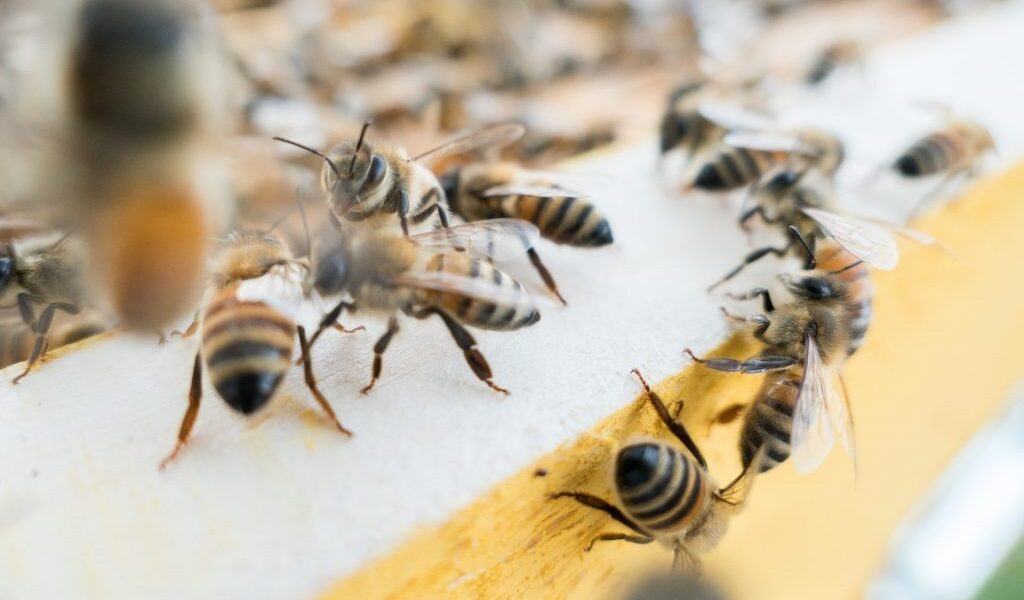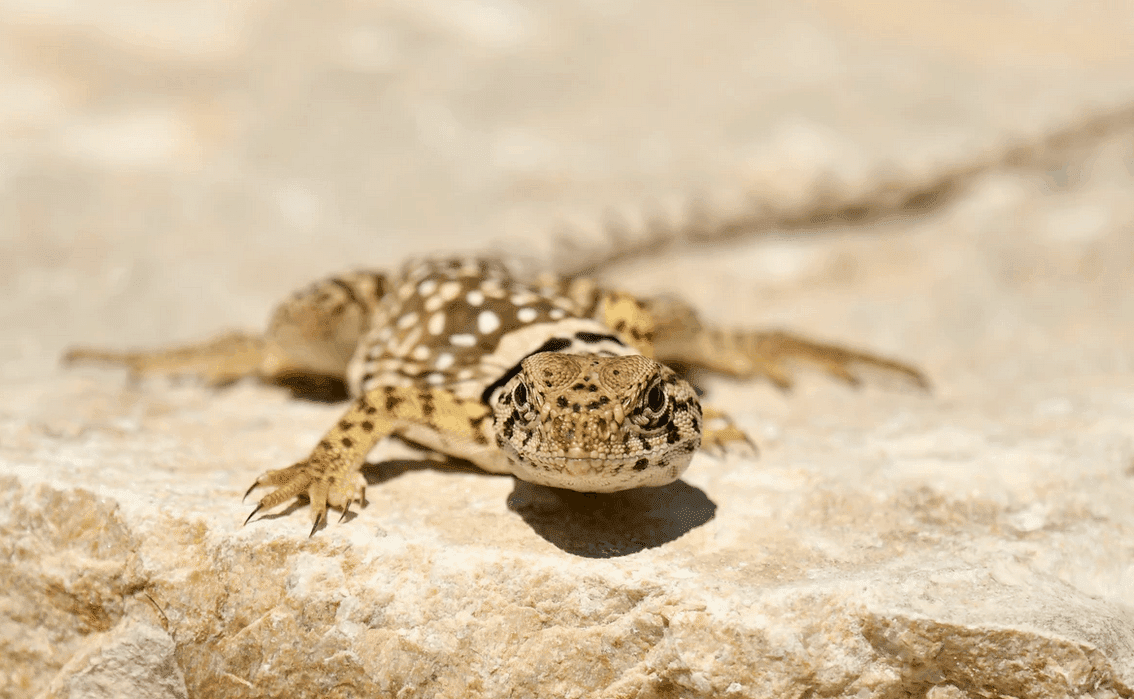Introduction:
Bees are indispensable pollinators that play a crucial role in the ecosystem and food production. They facilitate the reproduction of countless plant species, including many of our agricultural crops. However, the use of conventional pest control methods can inadvertently harm these essential insects. As concern for bee populations grows, it is vital to adopt bee-friendly pest control strategies that strike a balance between managing pests and protecting pollinators. In this blog, we will explore the importance of bees, the threats they face from Sydney pest control, and discover sustainable and bee-friendly alternatives.
The Importance of Bees:
Bees, especially honeybees and native species, are essential for global biodiversity and food security. They pollinate approximately 75% of our crops, including fruits, vegetables, and nuts, contributing to a diverse and nutritious diet. Beyond agriculture, bees pollinate countless wild plants, maintaining ecosystems and supporting wildlife. The decline of bee populations, known as colony collapse disorder, poses a severe threat to both the environment and the economy.
The Threats from Conventional Pest Control:
Traditional pest control methods, such as chemical pesticides and insecticides, have proven effective in managing pest populations. However, these substances can have unintended consequences on bees and other beneficial insects. Pesticides like neonicotinoids are particularly harmful to bees, disrupting their nervous systems and foraging behavior, ultimately leading to a decline in pollination services. Moreover, these chemicals can persist in the environment and contaminate water sources, exacerbating the threat to pollinators.
Bee-Friendly Pest Control Alternatives:
- Integrated Pest Management (IPM):
IPM is a holistic approach to pest control that combines multiple strategies to manage pests effectively while minimizing harm to beneficial insects like bees. IPM involves monitoring pest populations, using natural predators or parasites, employing mechanical and physical control methods, and using pesticides only as a last resort and in a targeted manner.
- Biological Controls:
Encourage natural predators and beneficial insects in your garden or agricultural fields. Ladybugs, lacewings, and certain wasp species are examples of insects that prey on pests like aphids and caterpillars. Introducing these natural enemies can help control pest populations without harming bees.
- Habitat Enhancement:
Create bee-friendly habitats around your property or farm. Plant a diverse range of native flowers, shrubs, and trees that bloom throughout the growing season, providing bees with a continuous source of food. Consider installing bee houses or nesting blocks to support solitary bee species.
- Organic and Botanical Pesticides:
When pesticide use is necessary, opt for organic and botanical alternatives that have lower toxicity to bees. Neem oil, garlic-based sprays, and diatomaceous earth are examples of natural substances that can deter pests without posing significant risks to pollinators.
- Timing:
Apply any necessary pesticides during periods when bee are less active, such as early morning or late evening. Avoid spraying during flowering periods to prevent direct contact with pollinators.
Conclusion:
Protecting bees and other pollinators is a responsibility that falls on all of us. As we strive to manage pests and ensure the productivity of our agricultural systems, we must prioritize the health and well-being of these essential insects. By adopting bee-friendly pest control practices, such as Integrated Pest Management, supporting natural predators, and creating bee-friendly habitats, we can strike a balance between pest management and pollinator preservation. Together, let’s work towards a sustainable future where both humans and bees can thrive in harmony. Here are some tips to keeping bees away from you and your home.





